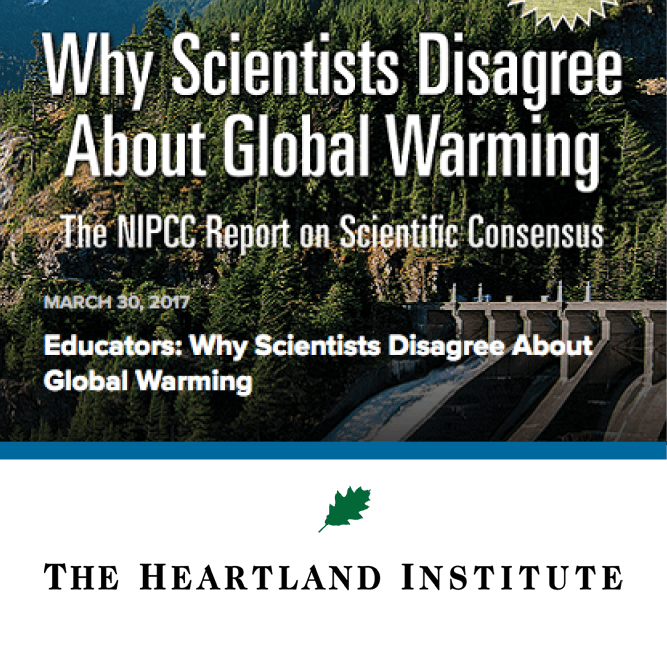
Misrepresents a complex reality : CO2 has been shown to begin increasing before temperature in some instances of past climate change, but also acted as a feedback that amplified warming caused by other factors like cycles in Earth’s orbit.

REVIEW
CLAIM: Historically, increases in atmospheric CO2 followed increases in temperature, they did not precede them. Therefore, CO2 levels could not have forced temperatures to rise.
Christopher Colose, Research Scientist, SciSpace LLC, NASA Goddard Institute for Space Studies:
This is both false and irrelevant.
Claims that “CO2 led temperature in the past, therefore cannot have caused it to rise” originated over a decade ago from a misrepresentation of ice core research (that itself has been subject to significant refinements in dating). It was based on the fallacy that since other factors influence climate (in this case, changes in the Earth-Sun geometry) and that the carbon cycle is affected by climate, the converse cannot be true. Of course, this is not logically coherent, and in practice is wrong since the radiative effect of CO2 is well-established. Indeed, CO2 would not be expected to fluctuate on its own 100,000 year timescale on its own, independent of the climate.
In fact, more recent research* shows that CO2 still led global temperatures and the full deglacial process, unlike in older literature that examined only Antarctic sites.
CO2 has also “led” global temperature on geologic timescales, and is largely responsible for how Earth’s temperature evolved over the last 50 million years. There are many ways to change the partitioning of carbon between the Earth and atmosphere, and how this happens is not relevant for the fact that if more CO2 is in the atmosphere, the planet will get warmer. Today, however, the excess source of carbon to the atmosphere is from humans.
- Shakun et al (2012) Global warming preceded by increasing carbon dioxide concentrations during the last deglaciation, Nature
Lauren Simkins, Assistant Professor, University of Virginia:
This claim is flawed. Ice core records of past greenhouse gas and atmospheric temperature change1, coupled with records of ocean temperature and circulation changes2, indicate that there are complex feedbacks between earth-atmosphere-ocean changes that lead to naturally variable greenhouse gas changes. In some cases during past deglaciations, increases in CO2 have lagged methane (CH4) increases and associated atmospheric temperature rise, owing to natural processes that induce greenhouse gas release into the atmosphere. This is not the case for twentieth century and beyond human-induced atmospheric CO2 and temperature increases.
Regardless of the source and cause of atmospheric CO2 increase, it will have a warming effect. Basic science does not change; CO2 is a greenhouse gas that is released into the atmosphere by burning of fossil fuels and leads to atmospheric warming.
- 1- Monnin et al (2001) Atmospheric CO2 Concentrations over the Last Glacial Termination, Nature
- 2- Skinner et al (2010) Ventilation of the Deep Southern Ocean and Deglacial CO2 Rise, Science
Jeremy Fyke, Postdoctoral researcher, Los Alamos National Laboratory:
In the natural Earth system, CO2 release acted as a feedback of naturally-forced change (e.g. due to millennial-scale, gradual, changes in the Earth’s orbit). Thus, CO2 is clearly established as an important forcer of, for example, ice ages. This demonstrates it’s effectiveness as a radiative gas. Now, of course, the situation is flipped because humans are actively emitting CO2. This is why it is now a “forcer” rather than a “feedback”. This change in no way impacts our century-old understanding of how CO2 warms the climate.


